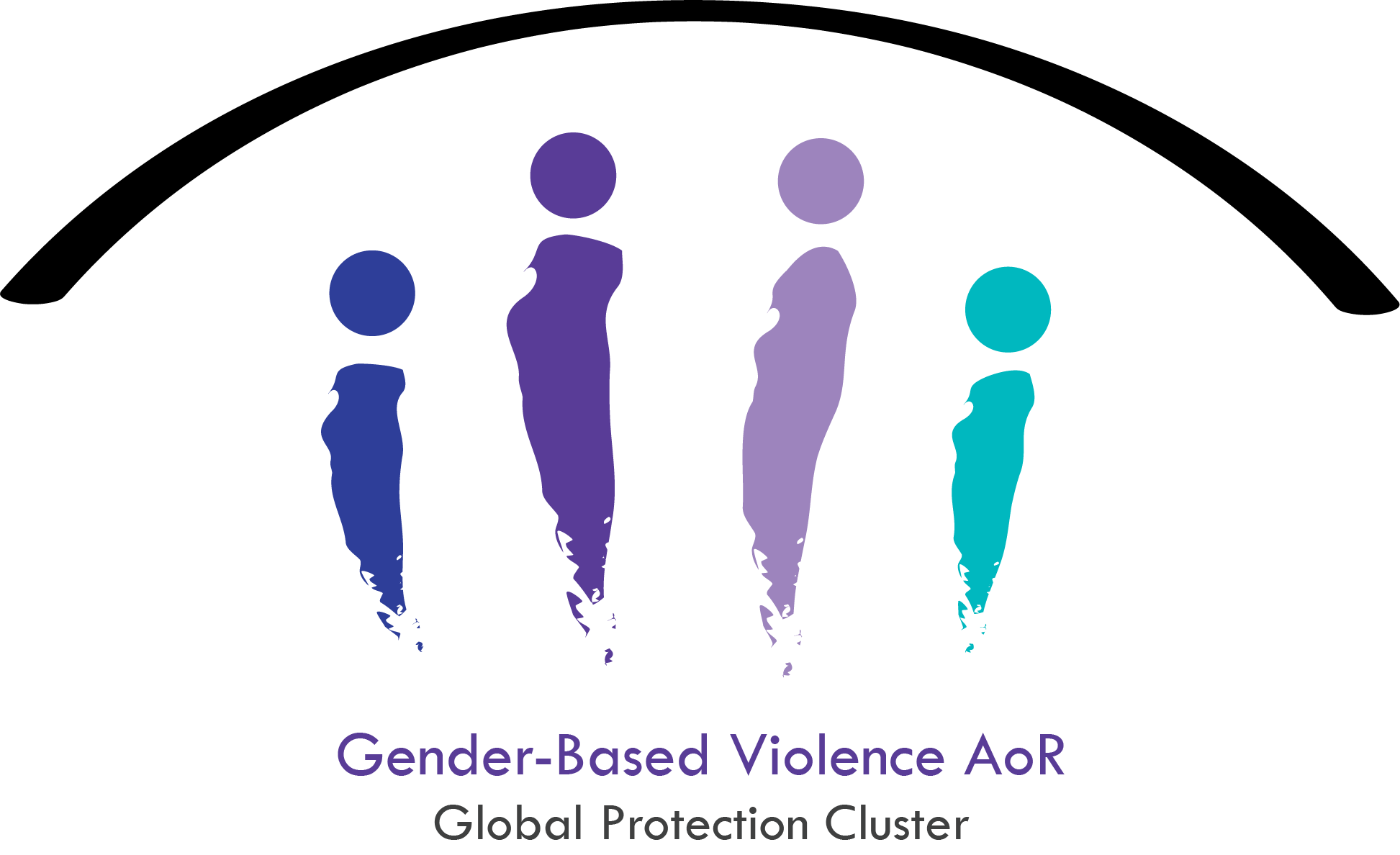Search Results for “”
Standard Operating Procedures for GBV Interventions in Humanitarian Settings GBV SOPs Resource Package (2023)
15 Nov, 2023
Part 1: GBV SOPs Development Guide: includes an overview of the SOPs development and revision processes. It discusses process initiation, coordination and contextualization in diverse contexts. Part 2: GBV SOPs template: the SOPs template is the core document to be completed in a specific physical setting. Part 3: GBV SOPs Annexes: should be completed, revised, or omitted as needed.
One Stop Centers – Models, Standard Operating Procedures (SoPs) And Guidance- GBV AoR Helpdesk 2022
01 Apr, 2022
This query briefly examines the main OSC models before providing information about how they have been implemented in practice in different contexts with lessons learned. Example standard operating procedures (SoPs) and guidance are also provided in the final section.
Gender-Based Violence and Child Protection Field Cooperation Framework is Out!
06 Jan, 2022
Recognising the interconnected needs of child and adolescent survivors, it is evident that Gender-Based Violence (GBV) and Child Protection actors have overlapping responsibilities in regard to response, mitigation, prevention and preparedness. Actors must cooperate to generate better knowledge, develop skills and expand resources. Both GBV and Child Protection minimum standards reiterate the need for intersectoral cooperation. Increasingly complex emergencies require the collaboration between different disciplines to understand and address new and growing needs affecting girls and boys.1 Changes in the humanitarian landscape means that GBV and Child Protection response, mitigation and prevention will be led and implemented by diversified, local actors. Local actors need support to take on leadership roles in leading and coordinating response. Local women and youth organisations are instrumental for the practical response to the needs of child and adolescent survivors. The role of GBV ...
Webinar Series: Intersections of Disability and GBV. Webinar 1: Overview of the IASC Disability Guidelines
Building on previous initiatives relating to disability inclusion in GBV programming, the GBV AoR Community of Practice and the Women's Refugee Commission, with support from the Australian Government, present a webinar series about the IASC Disability Guidelines and its intersection with Gender-based Violence. An estimated 15 percent of people globally have a disability, with higher proportions among populations affected by crisis and conflict. Persons with disabilities may face added discrimination due to the intersection of age, gender, disability and other factors, which increases their risk to violence, abuse and exploitation. A range of attitudinal, physical and communication barriers impede their participation and inclusion in humanitarian programs, including GBV prevention and response and gender equality initiatives. The IASC Guidelines on Inclusion of Persons with Disabilities in Humanitarian Action requires that all phases of humanitarian action are disabil...
Webinar Series: Intersections of Disability and GBV- Webinar 2: IASC Disability Guidelines and intersections with GBV
Building on previous initiatives relating to disability inclusion in GBV programming, the GBV AoR Community of Practice and the Women's Refugee Commission, with support from the Australian Government, present a webinar series about the IASC Disability Guidelines and its intersection with Gender-based Violence. An estimated 15 percent of people globally have a disability, with higher proportions among populations affected by crisis and conflict. Persons with disabilities may face added discrimination due to the intersection of age, gender, disability and other factors, which increases their risk to violence, abuse and exploitation. A range of attitudinal, physical and communication barriers impede their participation and inclusion in humanitarian programs, including GBV prevention and response and gender equality initiatives. The IASC Guidelines on Inclusion of Persons with Disabilities in Humanitarian Action requires that all phases of humanitarian action are disabil...
Webinar Series: Intersections of Disability and GBV - Webinar 3: Moving Things Forward
Building on previous initiatives relating to disability inclusion in GBV programming, the GBV AoR Community of Practice and the Women's Refugee Commission, with support from the Australian Government, present a webinar series about the IASC Disability Guidelines and its intersection with Gender-based Violence. An estimated 15 percent of people globally have a disability, with higher proportions among populations affected by crisis and conflict. Persons with disabilities may face added discrimination due to the intersection of age, gender, disability and other factors, which increases their risk to violence, abuse and exploitation. A range of attitudinal, physical and communication barriers impede their participation and inclusion in humanitarian programs, including GBV prevention and response and gender equality initiatives. The IASC Guidelines on Inclusion of Persons with Disabilities in Humanitarian Action requires that all phases of humanitarian action are disabil...
Webinar Series: Intersections of Disability and GBV- Webinar 2: IASC Disability Guidelines and intersections with GBV
Nov 05 ,2020 Building on previous initiatives relating to disability inclusion in GBV programming, the GBV AoR Community of Practice and the Women's Refugee Commission, with support from the Australian Government, present a webinar series about the IASC Disability Guidelines and its intersection with Gender-based Violence. An estimated 15 percent of people globally have a disability, with higher proportions among populations affected by crisis and conflict. Persons with disabilities may face added discrimination due to the intersection of age, gender, disability and other factors, which increases their risk to violence, abuse and exploitation. A range of attitudinal, physical and communication barriers impede their participation and inclusion in humanitarian programs, including GBV prevention and response and gender equality initiatives. The IASC Guidelines on Inclusion of Persons with Disabilities in Humanitarian Action requires that all phases of humanitarian ac...
Gender-based violence & psychosocial support - ICGBV 2019
06 Dec, 2019
This Learning Paper gives a brief snapshot of psychosocial support (PSS) and gender-based violence (GBV), including the types of PSS and PSS best practice. It also highlights the new Inter- Agency Minimum Standards on Gender-based Violence in Emergencies Programming, showing why PSS is an essential component of GBV response and why PSS interventions should take a survivor-centered approach. Case studies from Concern Worldwide Lebanon, Trócaire and World Vision offer concrete examples of the current work and challenges related to working in GBV response and PSS.
